
In 2014, there were an estimated 1.5 million people using cocaine in the United States, but finding out if your loved one is using cocaine can be tricky, especially if you don’t know what to look for.
Cocaine is a white powder that people can snort up their nose, or mix with liquid then inject into their bloodstream. Cocaine’s dangerous. It’s a central nervous system stimulant that overstimulates the brain’s reward circuit. Cocaine can increase a person’s heart rate to an alarming level.
There are several signs that may give you a better idea, if you believe that someone is using cocaine. It’s important to know what to look for, because your loved one might need help quitting cocaine. Many people find freedom from cocaine in the safety of a rehab center.
1. Lack Of Money From Cocaine Use
 One of the first signs of cocaine use will appear when an individual runs out of money. Cocaine is one of the more expensive drugs, and the high from it doesn’t last very long so one binge can be costly. According to the National Institute on Drug Abuse (NIDA), “snorting cocaine produces a relatively slow onset of the high, but it may last from 15 to 30 minutes.”
One of the first signs of cocaine use will appear when an individual runs out of money. Cocaine is one of the more expensive drugs, and the high from it doesn’t last very long so one binge can be costly. According to the National Institute on Drug Abuse (NIDA), “snorting cocaine produces a relatively slow onset of the high, but it may last from 15 to 30 minutes.”
A cocaine binge can cost 150 dollars per gram, and can last for several days, weeks, or months. Some people spend so much on cocaine that they’re unable to support themselves, or their family on an otherwise substantial income. Cocaine use has been known to ruin lives, and may even cost a person their job. In this respect, a person abusing cocaine may constantly need to borrow money, whether they have a job or not.
2. Drug Paraphernalia Used For Cocaine
Another sign of cocaine abuse is the appearance of drug paraphernalia, which refers to objects, and miscellaneous articles needed to use the drug. Here’s a list of paraphernalia used for cocaine:
- Tightly rolled dollar bills
- Straws
- Tubes
- Pens with the ends cut off
- Sandwich baggies
- Flat surface with white residue:
- Piece of glass
- Mirror
- Tray
- Book
- Countertop
- Magazine
- Burnt spoons
- Unexplained needles or syringes
- Glass pipe
- Concealable containers with white residue
Some of these items won’t show up, because your loved one may keep it well hidden, or clean up after using the drug. It can also depend on when and where an individual uses cocaine. If you decide to confront someone about their cocaine use, they might not be honest with you—at least not at first. It may be helpful to have them take a random at home drug test, if you suspect your loved one is using cocaine.
3. Behavioral Changes From Cocaine Use
Changes in behavior may be the next sign to appear. When someone starts acting strangely, or constantly sneaks around, it may be due to cocaine use.
The teenage years may present a dilemma, because during this time, people are changing anyways. Teenagers might act out or show aggression towards authority. Similarly, someone using cocaine may do a lot things that seem out of character like become violent, or recluse.
 Someone using cocaine might stay up later than usual, sleep at odd times during the day, spend a lot of time alone, and excessively use the bathroom without good reason. Suspicious activities may also include anonymous phone calls, and when you answer. when the person hangs up.
Someone using cocaine might stay up later than usual, sleep at odd times during the day, spend a lot of time alone, and excessively use the bathroom without good reason. Suspicious activities may also include anonymous phone calls, and when you answer. when the person hangs up.
Using large amounts of cocaine may increase a person’s euphoria, but at the same time it can lead to erratic, bizarre, and sometimes violent behavior. Cocaine use can lead to paranoia, anxiety, irritability, restlessness, and panic. Your loved one may seem energetic, talkative, euphoric, mentally alert, and be sensitive to sight, sound, and touch (NIDA).
Some may even develop an obsessive compulsive disorder (OCD) as a result of their cocaine use—this occurrence of both mental and substance use disorder is referred to as a co-occurring disorder. With consistent results from epidemiological studies by the National Library of Medicine, subjects actively using cocaine (and also marijuana) were found to be at an increased risk for OCD.
4. Social Changes From Cocaine Use
Your loved one may stop spending time with lifelong friends as a result of their cocaine use. A teenager might even stop enrolling in extracurricular activities like sports, or academic clubs, and replace those social circles with other people who use drugs. An adult may avoid social situations with the exception of night clubs, bars, and other scenes where drug use is more widely accepted.
The people who aren’t using cocaine may not like their friend’s new found activity, and as a result stop hanging around them. The choice to cut ties with someone because of cocaine use can work from both sides. Sometimes it’s the person using cocaine who stop responding to their friends or family; maybe from fear of being rejected, or judged.
5. Physical Changes From Cocaine Use
 Sometimes the physical changes from cocaine use are the last thing people notice before they realize it’s a problem. Using cocaine temporarily decreases a person’s need for food and sleep. So as a result, they may lose a lot of weight, or even seem gaunt, or malnourished. Cocaine use may also come with the appearance of dark circles around the eyes.
Sometimes the physical changes from cocaine use are the last thing people notice before they realize it’s a problem. Using cocaine temporarily decreases a person’s need for food and sleep. So as a result, they may lose a lot of weight, or even seem gaunt, or malnourished. Cocaine use may also come with the appearance of dark circles around the eyes.
Cocaine can also result in a lot of adverse health consequences. Some of these aren’t as easy to determine as others, but may include:
- Constricted blood vessels
- Dilated pupils
- Cardiovascular complications
- Increased body temperature
- Heart rate
- Blood pressure
- Heart arrhythmia
- Heart attack
- Frequent headaches
- Seizures
- Gastrointestinal complications
- Nausea
- Stomach pain
- Respiratory complications
- Slowed breathing
- Coma
- Death
So repeated cocaine use not only puts a person at risk of becoming addicted or dependent upon the drug, it can also lead serious physical and mental health complications, and emergencies. In 2011, “cocaine was involved in 505,224 of the nearly 1.3 million visits to emergency departments for drug misuse or abuse,” (NIDA). If you believe someone you love is using cocaine, don’t give up on them, get help today.
Find Help For Cocaine Addiction And Dependence
It’s helps to remember that cocaine addiction is considered an disease, and even after a person changes from it, they’re still the same person. They just might need more help now. Contact DrugRehab.net today to speak to someone who understands addiction, and can tell you more about how to find cocaine addiction treatment for you or your loved one.
For More Information Related to “5 Signs Your Loved One Is Using Cocaine” Be Sure To Check Out These Additional Resources From DrugRehab.org:
- How Long Does Cocaine Stay In Your System?
- What is the Difference Between Cocaine and Crack?
- What Is “Freebase” Cocaine?
- Difference Between Amphetamines And Cocaine
- Signs of Speedball (Heroin with Cocaine) Use
Sources
National Institute on Drug Abuse – What Are The Short Term Effects of Cocaine Use?
National Institute on Drug Abuse – What is the Scope of Cocaine Use in the United States?
U.S. National Library of Medicine – Cocaine
U.S. National Library of Medicine – Cocaine Use and Other Suspected Risk Factors for Obsessive Compulsive Disorder



 A speedball refers to a mixture of depressants and stimulants; it’s a form of polysubstance abuse. A few examples of a speedballing are alprazolam with methamphetamine, alcohol with amphetamines, or the most common speedball, heroin with cocaine.
A speedball refers to a mixture of depressants and stimulants; it’s a form of polysubstance abuse. A few examples of a speedballing are alprazolam with methamphetamine, alcohol with amphetamines, or the most common speedball, heroin with cocaine. Most of the time heroin and cocaine are diluted with non mood altering substances such as starch, sugar, flour, powdered milk, talcum powder, or even rat poisoning. So there isn’t always a way to tell what either drug has been cut with, thus the purity of each drug isn’t always clear. An amount that proved to be “safe” last time someone mixed heroin and cocaine, could be a fatal dose this time.
Most of the time heroin and cocaine are diluted with non mood altering substances such as starch, sugar, flour, powdered milk, talcum powder, or even rat poisoning. So there isn’t always a way to tell what either drug has been cut with, thus the purity of each drug isn’t always clear. An amount that proved to be “safe” last time someone mixed heroin and cocaine, could be a fatal dose this time.



 For individuals who aren’t accustomed to consuming alcohol with crack, the potential for a fatal overdose skyrockets. Alcohol can actually make it easier for your body to absorb cocaine, which increases the concentration of cocaine within your blood by 20 to 30 percent. From this effect, a person could overdose if they take an amount they are typically used to when using the drug alone.
For individuals who aren’t accustomed to consuming alcohol with crack, the potential for a fatal overdose skyrockets. Alcohol can actually make it easier for your body to absorb cocaine, which increases the concentration of cocaine within your blood by 20 to 30 percent. From this effect, a person could overdose if they take an amount they are typically used to when using the drug alone.
 As previously mentioned, the Brompton Cocktail consists of a few different substances, meant to give ultimate relief from pain. Traditionally, the Brompton Cocktail consisted of morphine or
As previously mentioned, the Brompton Cocktail consists of a few different substances, meant to give ultimate relief from pain. Traditionally, the Brompton Cocktail consisted of morphine or 
 Treatment for any type of addiction has to be comprehensive. Addiction doesn’t just affect your physical health, but actually changes the way you think and behave, so treatment for it must address these changes and work to better them. This is especially true when dealing with addiction to more than one substance.
Treatment for any type of addiction has to be comprehensive. Addiction doesn’t just affect your physical health, but actually changes the way you think and behave, so treatment for it must address these changes and work to better them. This is especially true when dealing with addiction to more than one substance.
 Since then the coca plant has grown in popularity among the rest of the world, especially since
Since then the coca plant has grown in popularity among the rest of the world, especially since 



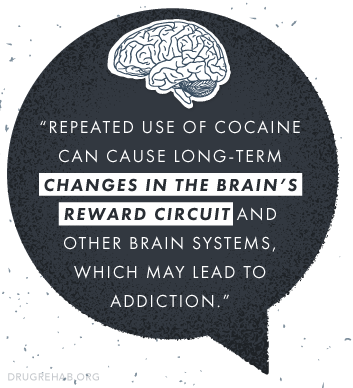

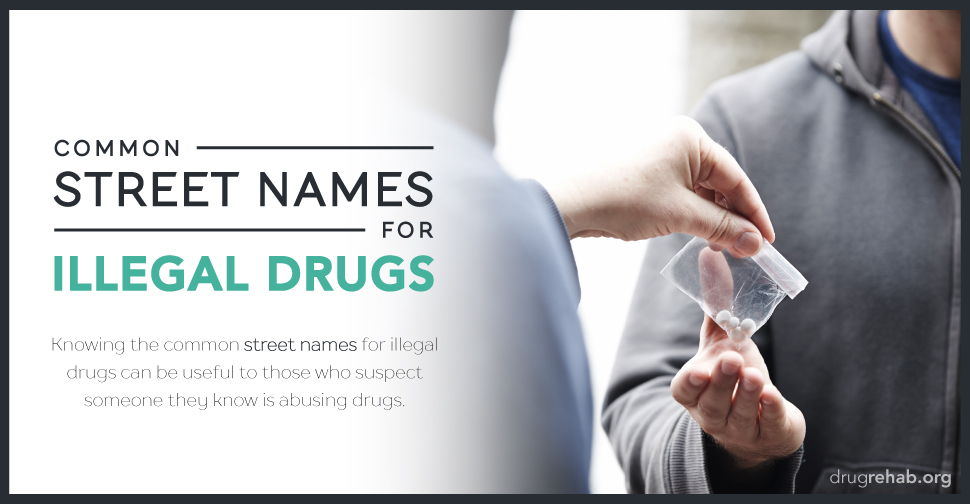




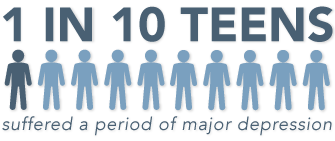 Drug abuse has the potential to create numerous health effects, both physical and mental, within the lives of those who abuse. When a mental health disorder occurs with drug abuse, the two often worsen each other. Cocaine abuse, especially prolonged use, changes a person’s brain, affecting various chemical components, including certain important neurotransmitters which are critical within regulating a person’s mood. This effect may worsen existing depression or create new symptoms. Together, these disorders require effective substance abuse treatment.
Drug abuse has the potential to create numerous health effects, both physical and mental, within the lives of those who abuse. When a mental health disorder occurs with drug abuse, the two often worsen each other. Cocaine abuse, especially prolonged use, changes a person’s brain, affecting various chemical components, including certain important neurotransmitters which are critical within regulating a person’s mood. This effect may worsen existing depression or create new symptoms. Together, these disorders require effective substance abuse treatment.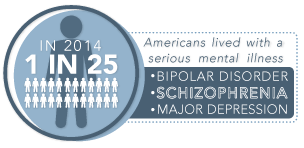 When using cocaine, there are several things which transpire concerning different aspects of the brain. Various neurotransmitters are affected, including the release of dopamine. When it comes to a sense of well-being, dopamine is the chemical which is considered to bring forth all kinds of pleasure and happy feelings. Dopamine releases when related to pleasure or a feeling of reward when it comes to specific activities in life. If dopamine levels become too high in the brain, they are linked to hallucinations, aggressiveness, delusions, anger, as well as other
When using cocaine, there are several things which transpire concerning different aspects of the brain. Various neurotransmitters are affected, including the release of dopamine. When it comes to a sense of well-being, dopamine is the chemical which is considered to bring forth all kinds of pleasure and happy feelings. Dopamine releases when related to pleasure or a feeling of reward when it comes to specific activities in life. If dopamine levels become too high in the brain, they are linked to hallucinations, aggressiveness, delusions, anger, as well as other 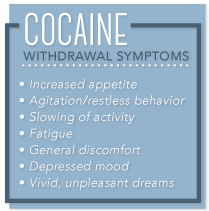 After extreme abuse over a period of time, stopping the use of cocaine can lead to cravings and depression for months. In some cases, suicidal thoughts may also occur. As someone faces withdrawal, the cravings grow more intense, even though the pleasurable effects of cocaine dip way down, instead becoming replaced by paranoia. When someone is facing withdrawal, here are some of the symptoms that may occur:
After extreme abuse over a period of time, stopping the use of cocaine can lead to cravings and depression for months. In some cases, suicidal thoughts may also occur. As someone faces withdrawal, the cravings grow more intense, even though the pleasurable effects of cocaine dip way down, instead becoming replaced by paranoia. When someone is facing withdrawal, here are some of the symptoms that may occur: Memories and information-processes are highly restricted when someone uses cocaine over the long term. “The reduced activity of the temporal lobe indicates that this structure is somehow compromised,” says Dr. Nancy Pilotte of NIDA’s Division of Basic Neuroscience and Behavioral Research. “Some of these regions mediate the ability to connect emotionally, and cocaine’s blunting of them may induce a flattened affect similar to depression symptoms that are common among chronic cocaine abusers.”
Memories and information-processes are highly restricted when someone uses cocaine over the long term. “The reduced activity of the temporal lobe indicates that this structure is somehow compromised,” says Dr. Nancy Pilotte of NIDA’s Division of Basic Neuroscience and Behavioral Research. “Some of these regions mediate the ability to connect emotionally, and cocaine’s blunting of them may induce a flattened affect similar to depression symptoms that are common among chronic cocaine abusers.”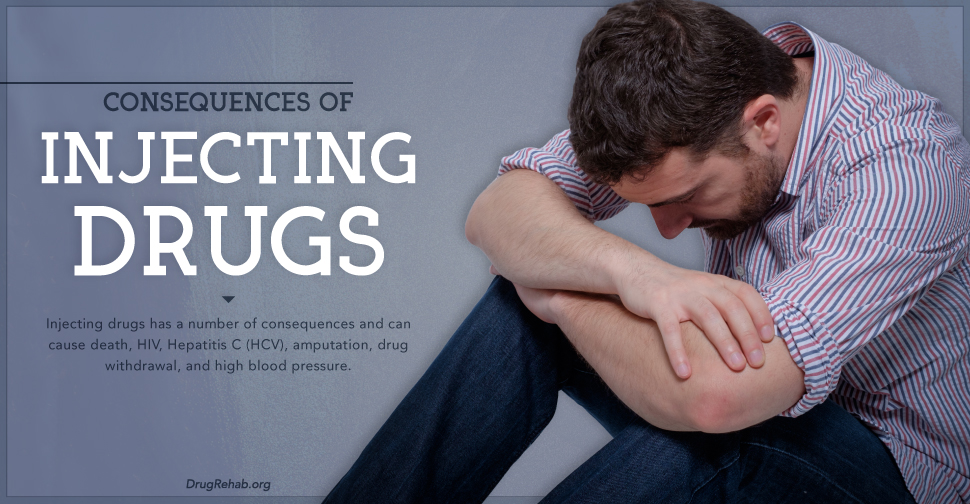
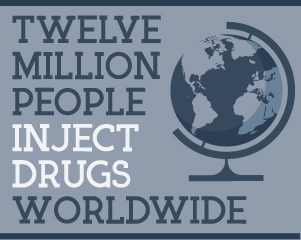 Injecting drugs is the act of putting a drug, in liquid form, right into the bloodstream to achieve the effects of the drug–this is done using a hypodermic needle and syringe or another source of injection. The most common street drug used for injection, or “shooting up”, is heroin, which is an opioid drug derived from the Asian opium plant and converted to morphine once in the body. There are a variety of different drugs that can be injected to the bloodstream–some of these drugs used may not be commonly associated with addiction and injection.
Injecting drugs is the act of putting a drug, in liquid form, right into the bloodstream to achieve the effects of the drug–this is done using a hypodermic needle and syringe or another source of injection. The most common street drug used for injection, or “shooting up”, is heroin, which is an opioid drug derived from the Asian opium plant and converted to morphine once in the body. There are a variety of different drugs that can be injected to the bloodstream–some of these drugs used may not be commonly associated with addiction and injection.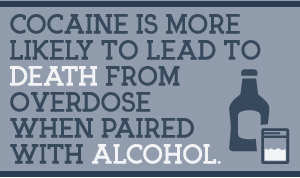 The fastest way to get the effects of drug into the blood is to inject it into the bloodstream, and though cocaine is most commonly associated with snorting or smoking, there are some users who prefer to shoot it up. According to the
The fastest way to get the effects of drug into the blood is to inject it into the bloodstream, and though cocaine is most commonly associated with snorting or smoking, there are some users who prefer to shoot it up. According to the  According to the
According to the  A person who injects a drug is vulnerable to various other health consequences. Blood infections and bacterial infections can occur in the user from using dirty needles or from repeated injection of a drug. Sometimes when an inject-able drug is abused, it can block off the blood from the arm or leg and amputation is necessary.
A person who injects a drug is vulnerable to various other health consequences. Blood infections and bacterial infections can occur in the user from using dirty needles or from repeated injection of a drug. Sometimes when an inject-able drug is abused, it can block off the blood from the arm or leg and amputation is necessary.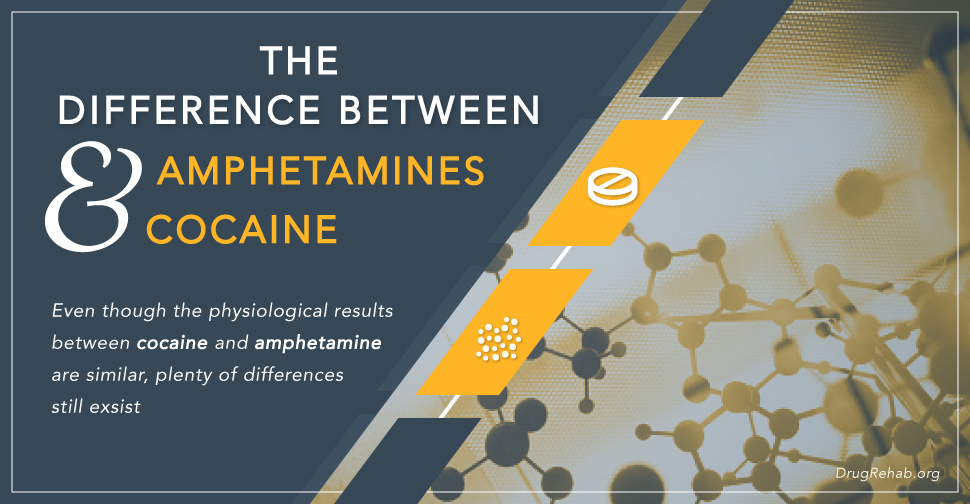

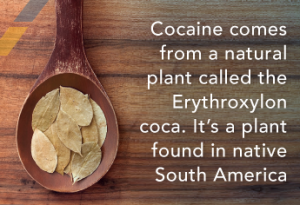
 Cocaine and amphetamines have very similar
Cocaine and amphetamines have very similar 



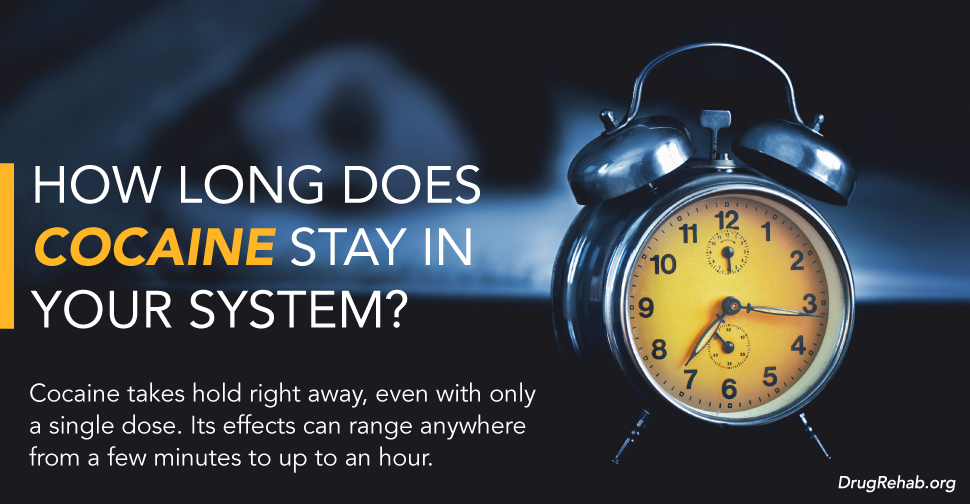
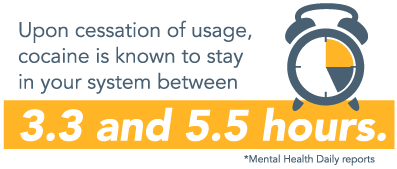
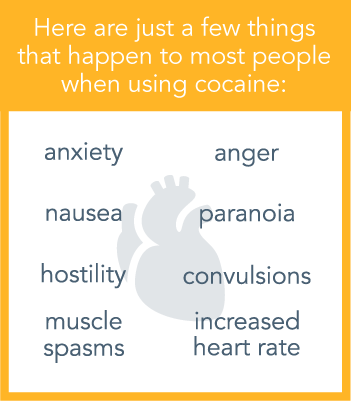

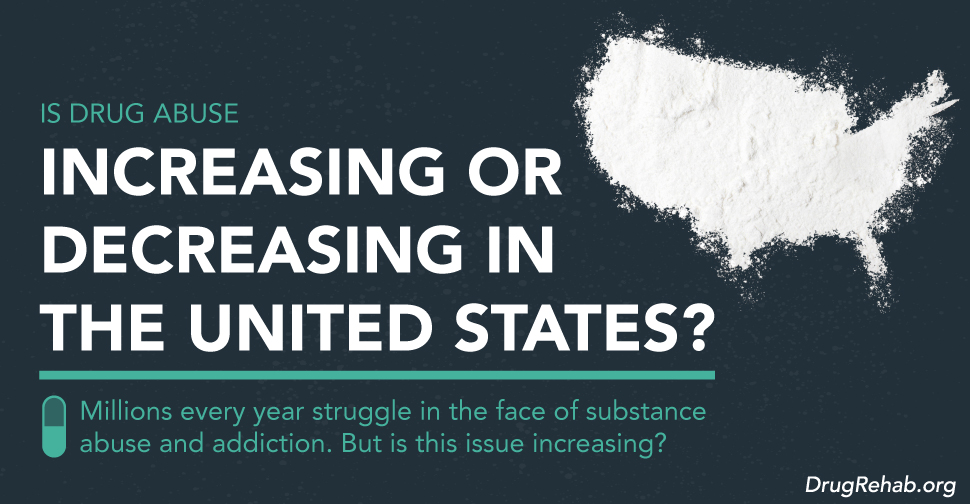


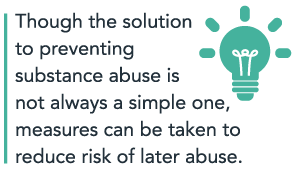 In sum, though drug abuse trends are rising overall, some are decreasing or becoming stable. This trend accounts for millions of people in need of substance abuse treatment. The percentage of people that actually make it into treatment is far too low, and that is a fact which cannot be ignored.
In sum, though drug abuse trends are rising overall, some are decreasing or becoming stable. This trend accounts for millions of people in need of substance abuse treatment. The percentage of people that actually make it into treatment is far too low, and that is a fact which cannot be ignored.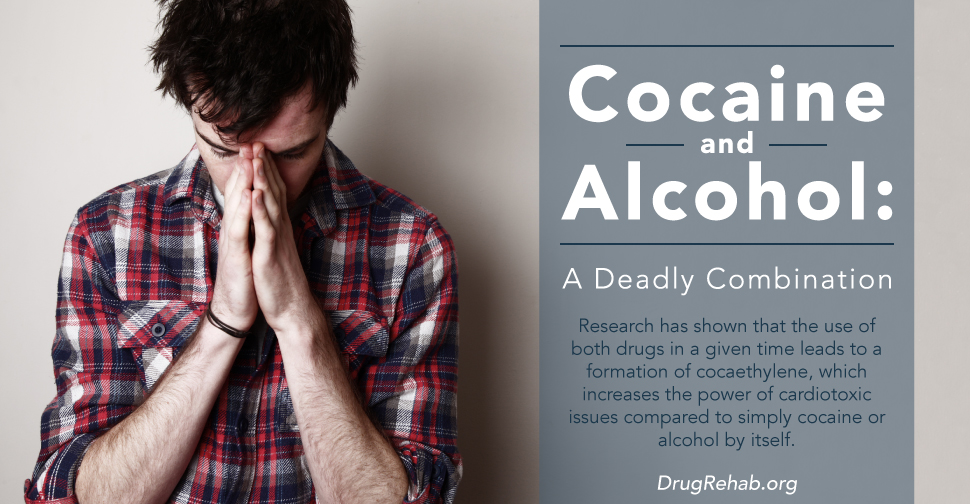


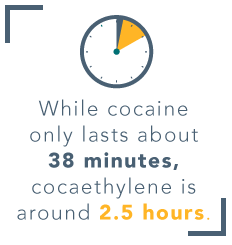 Cocaethylene creates a greater state of euphoria. It works similar to cocaine, creating even more intense feelings of pleasure, due to its increased ability as a reuptake inhibitor of dopamine. In addition, cocaine only has a half-life of 38 minutes, whereas cocaethylene has a half-life that is nearly four times that—at 2.5 hours. This is why individuals that choose to mix cocaine and alcohol experience the euphoria for longer periods of time.
Cocaethylene creates a greater state of euphoria. It works similar to cocaine, creating even more intense feelings of pleasure, due to its increased ability as a reuptake inhibitor of dopamine. In addition, cocaine only has a half-life of 38 minutes, whereas cocaethylene has a half-life that is nearly four times that—at 2.5 hours. This is why individuals that choose to mix cocaine and alcohol experience the euphoria for longer periods of time.





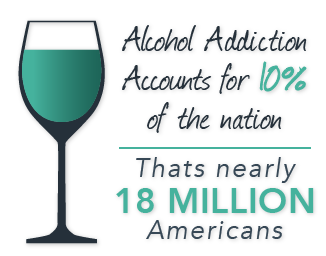 Alcohol
Alcohol

